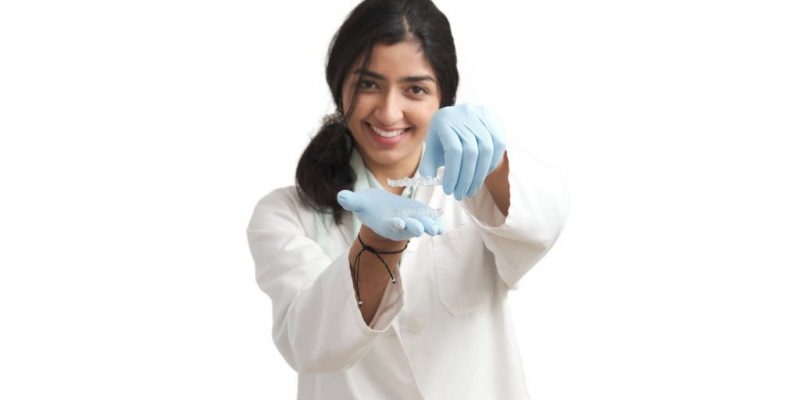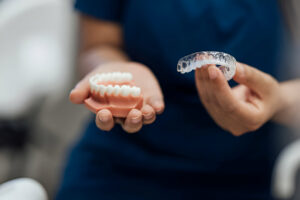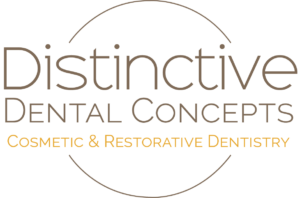Are you worried about your imperfect smile? Well, you don’t have to lose hope.
There have been major advancements in dental treatment procedures, and orthodontic treatments have become less complicated and more accessible. Today, we have Invisalign treatment to give you the perfect smile.
Let us first take a closer look at Invisalign.
What Is An Invisalign?
Invisalign is a thin transparent aligner that is used for orthodontic treatment procedures. It has become quite popular among teens and adults for realigning and straightening teeth as it makes orthodontic treatment less prominent. This removable dental appliance is a common alternative to traditional braces.
The dentists in Garland Texas, customize the Invisalign, made out of a cast from detailed 3D scans of your mouth. You must keep them on for at least 22 hours daily to get effective results.
Realigning your teeth is faster when using Invisalign than braces and takes between 9 to 15 months. You must visit your dentist every six to eight weeks to change your aligner as your teeth get repositioned.
Invisalign can help treat various orthodontic problems. In this blog, we look at the possibilities of Invisalign treatment. So continue reading as we understand what orthodontic issues can and can’t be fixed by Invisalign.
Possible Orthodontic Issues Fixed By Invisalign
-
Crowded teeth:
Disturbance of the harmony between tooth and jaw size relationship usually results in crowded teeth. In such cases, there is not enough space for all your teeth which causes some teeth to overlap the others.
Invisalign pushes the teeth into proper alignment over time. As the teeth shift, more space is in your mouth, and overcrowding gradually decreases.
-
Crossbite:
Under normal conditions, you touch each of your upper teeth to the matching lower tooth, which distributes the force of chewing or clenching evenly.
If you suffer from crossbite, your teeth are not in line when your mouth is closed. Invisalign treats crossbite by moving the upper teeth outwards and the lower teeth inwards.
-
Overbite:
Majorly caused due to genetic reasons; crossbite occurs when the top front teeth stick out beyond your bottom front teeth. Many people have a slight overbite, which can be fixed with an Invisalign. It moves the upper teeth back, and the lower teeth forward to correct the overbite.
-
Underbite:
An underbite happens when the lower teeth stick outward beyond the upper front teeth, as opposed to overbite occurs when the upper front teeth protrude past the lower front teeth.
The Invisalign would bring your lower teeth backward and your front teeth forward for correcting it. You would have to change your Invisalign every two weeks, and each new aligner would bring your teeth closer to a proper position.
-
Open Bite:
When there is no overlap of the top teeth and the bottom teeth during a bite, it leads to them looking open. In an open bite, the upper and bottom teeth don’t come together when the jaws are closed due to misalignment.
Invisalign is effective in treating mild to moderate anterior open bites. It adjusts the molars to close the spacing between your front teeth.
-
Gapped teeth:
Also referred to as diastema, gapped teeth are a condition with a noticeable gap between teeth. The gap can be between teeth, but it is more common and noticeable between the upper front teeth.
Invisalign shifts the teeth’ position, thereby progressively reducing the gap between them.
Limits Of Invisalign Treatment
Although Invisalign effectively solves several orthodontic problems, not everybody is eligible to use Invisalign. Invisalign is very effective at treating mild to moderate Garland orthodontics and has few limitations.
There are certain conditions that Invisalign can’t fix like:
- Rotated teeth: It can be a consequence of severe crowding of teeth, which forces the narrower profile of the tooth to rotate. Rotated teeth can be treated more effectively using traditional braces than Invisalign.
- Large gaps: Invisalign is a good choice for small gaps between your teeth, but you can only treat larger gaps with traditional braces, veneers, or dental bonding.
- Severe overbite or underbite: Orthodontists can treat severe cases of overbite and underbite using braces or other corrective devices like palate expanders. Surgery to correct jaw alignment is another option.
- Irregular tooth shape: If you have round, short, or pegged teeth that aren’t ideal for fitting inside an aligner, Invisalign is not the correct choice because they won’t get a grip good enough to move the teeth in the desired position.
Conclusion!
We hope this article has given insight into how Invisalign works and treats different orthodontic problems. But it’s important to remember that every case is unique and requires professional consultation. Only dentists in Garland, Texas, can determine if Invisalign is a suitable treatment option for orthodontic needs.
Consult The Experts Today!
At Distinctive Dental Concepts, we understand the need for a flawless smile like no other. That’s why our Invisalign experts bring you the best expert care at the best possible prices. Connect with our experts and know more about the process today!







